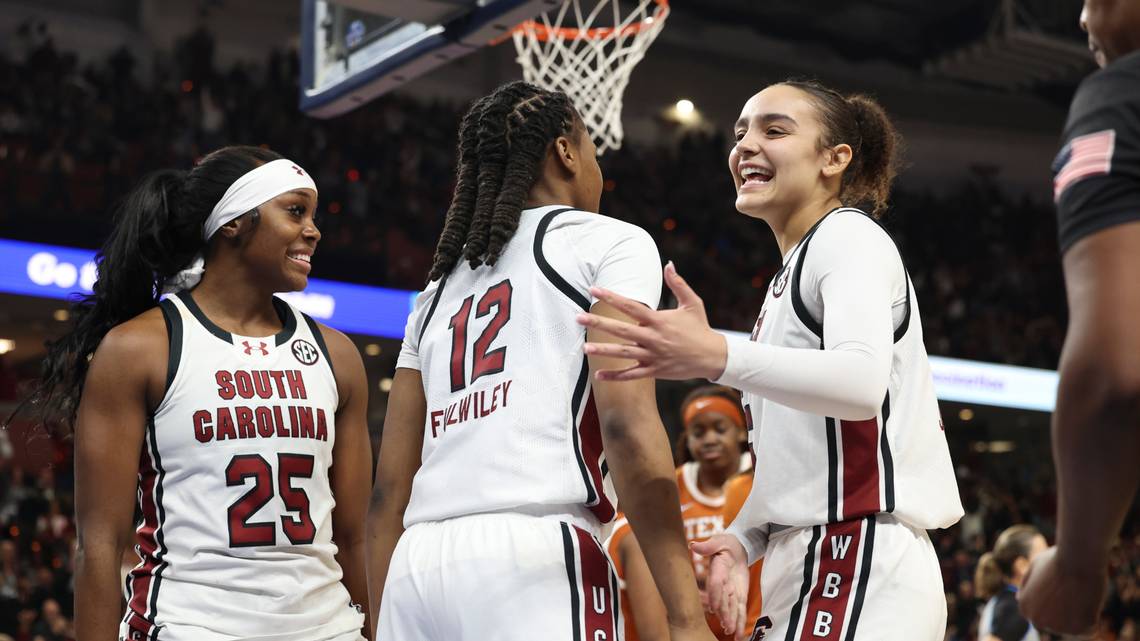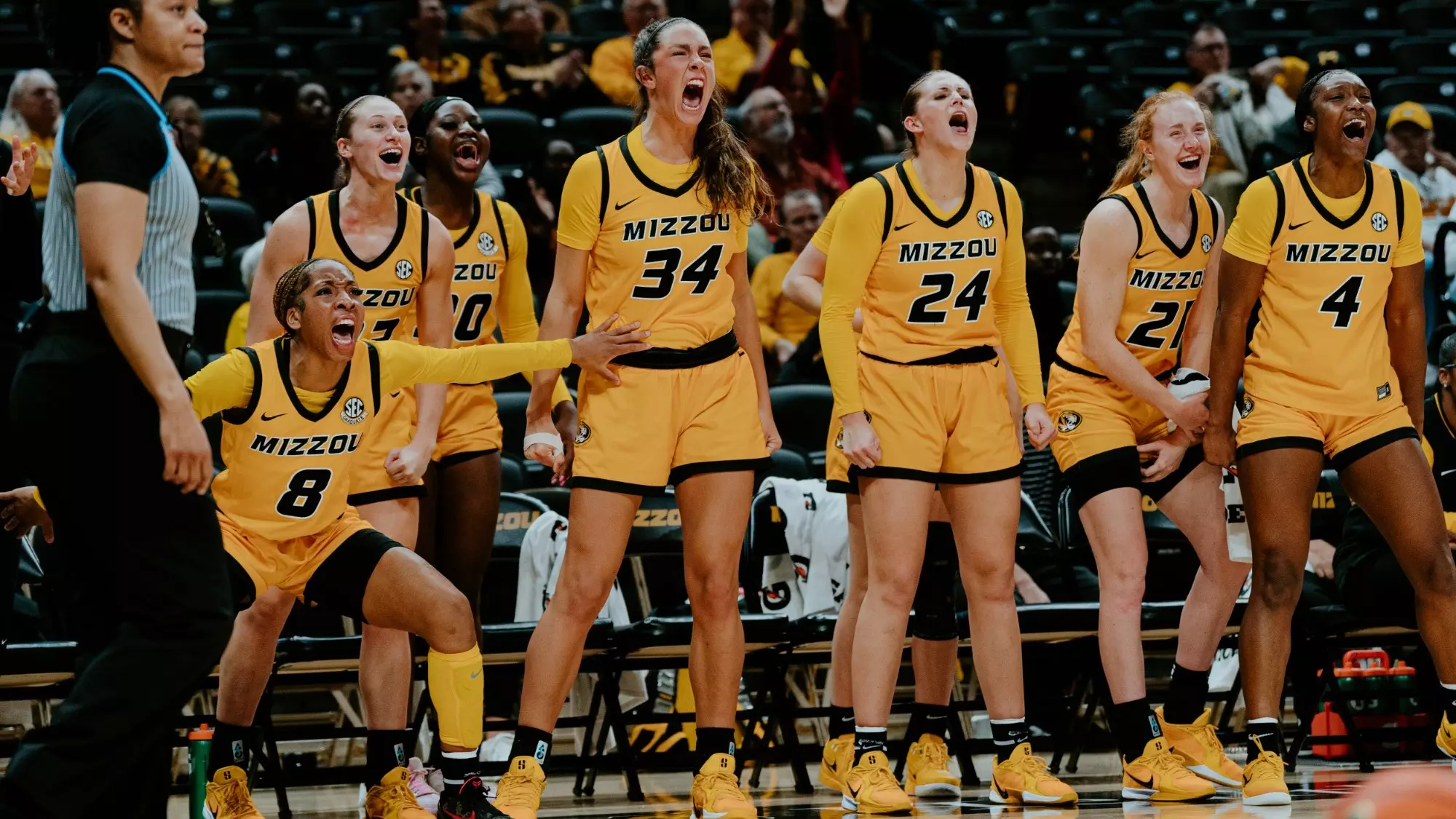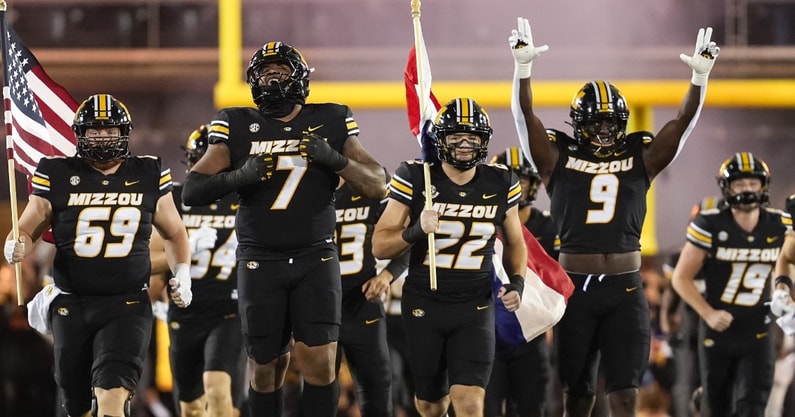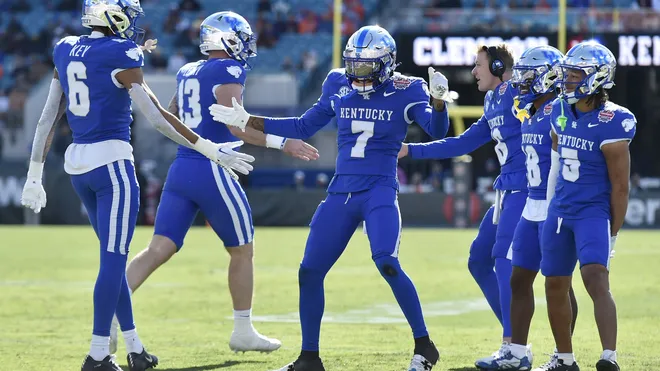South Carolina’s women’s basketball team was hit with a major setback when star player Ashlyn Watkins suffered a torn ACL, ruling her out for the remainder of the season. The injury occurred during the team’s victory over Mississippi State, when Watkins was seen visibly upset and unable to put weight on her left leg.
The news of the injury was confirmed two days later, sending shockwaves through the program and leaving many to wonder how the Gamecocks would adjust without one of their key players. Despite the loss, South Carolina has persevered and made it to the Final Four for the fifth straight year, a testament to their resilience and ability to adapt.
Watkins was an integral part of the Gamecocks’ success, known for her skill set that couldn’t easily be replaced. As South Carolina already had limited depth in the post after Kamilla Cardoso’s departure, losing Watkins created a significant gap. Many experts and fans feared that the absence of such a dynamic player would derail the team’s chances. Opponents seemed poised to exploit this weakness, targeting the Gamecocks’ paint and daring their guards to take on more responsibility from the outside.

However, three months later, the Gamecocks have proven they could thrive without Watkins. While it’s clear that her presence would be beneficial, South Carolina has managed to stay competitive, overcoming the adversity. The team has adjusted its game plan and played more loosely, with players stepping up to fill the void left by Watkins. Coach Dawn Staley acknowledged that the injury has actually freed the team up to play with more freedom, as players know there is more playing time available for those who are ready to seize the opportunity.
Following Watkins’ injury, the responsibility for stepping up in the frontcourt largely fell on Joyce Edwards, Chloe Kitts, and Sania Feagin. Kitts and Feagin were named starters, and they were expected to provide the points, rebounds, and blocks that Watkins would have contributed. Edwards, Kitts, and Feagin became the new focal points of the Gamecocks’ frontcourt, and they have consistently delivered, allowing South Carolina to maintain its dominance and continue to compete at a high level.
South Carolina’s ability to adapt in the face of Watkins’ injury has been remarkable. The Gamecocks may have lost one of their best players, but they have managed to prove that their depth and resilience are more than enough to keep them in the hunt for a national championship. As the team heads into the Final Four, they continue to show that, even without Watkins, they remain a force to be reckoned with in women’s basketball.



